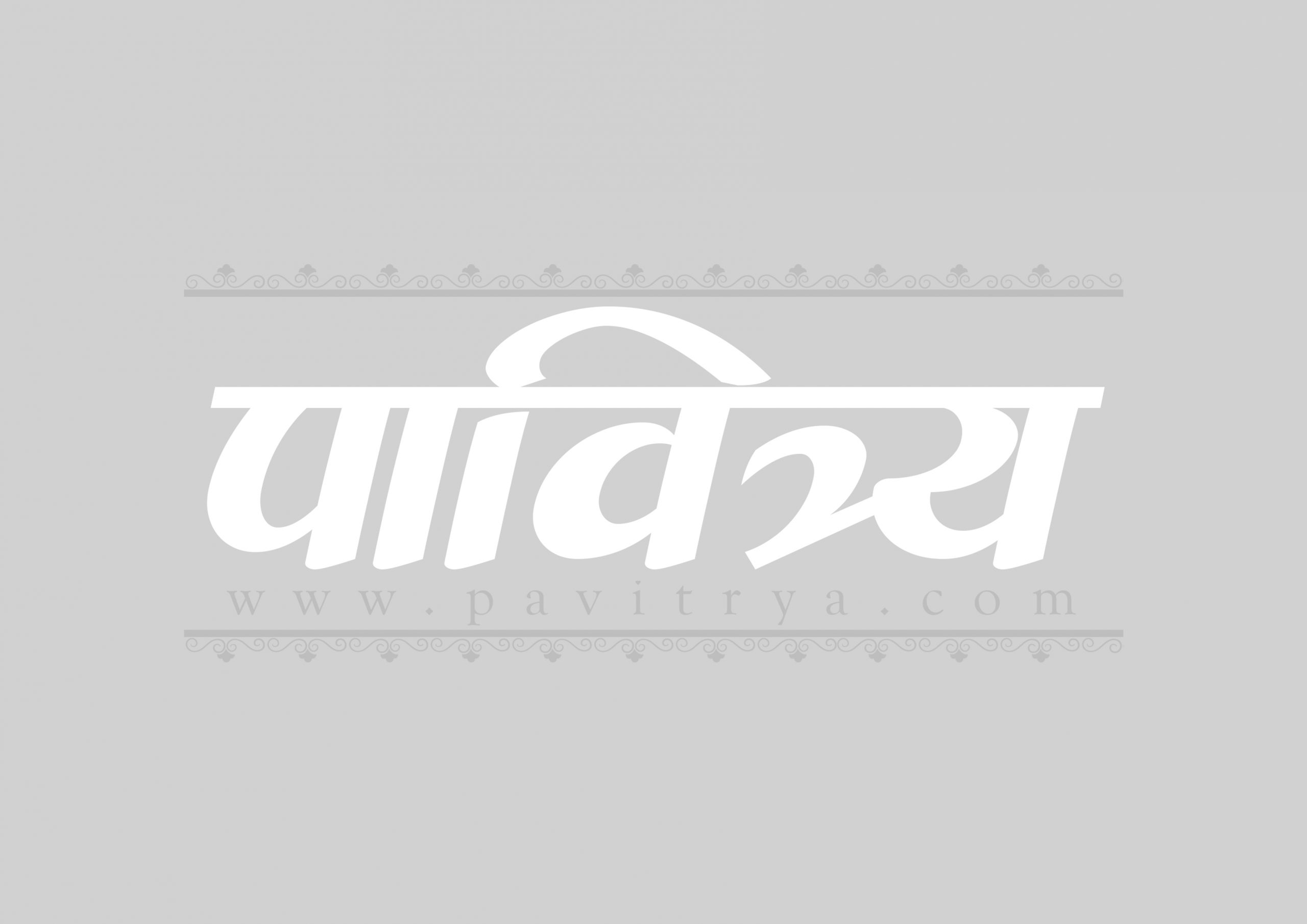Wat Phra Sri Ratana Sasadaram, officially called “the temple of the Emerald Buddha” or “Wat Phra Kaew”, had built in the reign of “King Rama I”, Phra Bat Somdej Phra Phuttha Yod Fa Chula Lok Maha Raja, the founder of the Chakri Dynasty. The construction work had begun in 1782 and completed in 1784.
The temple of the Emerald Buddha, the royal chapel, is located east, adjoining the Grand Palace. The temple is particularly built to house the Emerald Buddha, a Buddha image which King Rama I brought from Vientiane when he captured the city.
Although it is the most national sacred temple, there is no any resident monk. But, it has only elaborately decorated holy buildings, statues, and pagodas.
Major Attractions
A. The Emerald Buddha or Phra Kaew Morakot, the highly revered Buddha image, meticulously carved from a huge block of Jade. It is the Buddha image in the seated meditating position, in the style of the Chiang San School on the north of Thailand.
The Emerald Buddha was first discovered in Chiang Rai province in the reign of King Triloknatha (1441-1487). Later, it was taken to several important cities such as Lampang, Chiang Mai, Luang Phra Bang, and Vientiane.
When 1778 King Rama I overcame over Laos, he had brought it back at Wat Arun in Thon Buri, the capital at that time. And, in 1785, the Emerald Buddha was transferred from Wat Arun to Wat Phra Kaew and then shrined in the Phra Ubosoth (ordination hall) until now.
B. The Royal Pantheon or Prasat Phra Thep Bidon, originally called Buddha Prang Prasat, was built in the reign of King Rama IV in 1855. This building is a pavilion with four-square Prangs. It is initially considered to enshrine the Emerald Buddha, but too small to accommodate the congregation at royal ceremonies. Now it is used for keeping statues of deceased 8 kings of Chakri Dynasty.
C. On the four-sides of cloisters like-galleries (Phra Rabiang) around Phra Ubosoth, there are the Mural Paintings depicting Ramakien epic (the Thai version of the Hindu epic, Ramayana). These paintings consist of 178 sections, firstly done in the reign of King Rama I. Later, some parts of Phra Rabiang and paintings were renovated from time to time in the present Chakri Dynasty.
The paintings of Ramayana epic around Phra Rabiang start from north door turn to the west.
D. The golden Stupa, Phra Sri Ratana Chedi, has a bell shape which is the Ceylonese style. The chedi was built by Rama IV to house a relic of the Buddha. Its form imitates the large chedi of Phra Sri Sanphet temple in Ayutthaya, the former capital of Thailand. Later, in the time of King Rama V had applied the golden tile mosaics to the Chedi.
E. Phra Mondop, Ho Tri, or the library, was built in the time of King Rama I, containing the new copy of Tipitaka (important Buddhist scriptures). Phra Mondop is based on the Pillars and located between Phra Sri Ratana Chedi and The Royal Pantheon. However, it is almost always closed to the public.
If you have a free time, you can visit Patron Rub ushi, Gate-keeping Giants, Phra Vihara Yod (The spired Hall), Model of Angor Wat, The lined Pavilions (Sala Rai), etc.
This is the first temple guides I recommend in Bangkok-Thailand-Guide
Transportation to Wat Phra Kaew
Located within the Grand Palace, near Sanam Luang, Phra Nakorn District, Bangkok
Telephone Number 02 623-5500 ext. 1830, 3100
By Bus – 1, 2, 3, 9, 15, 19, 25, 30, 32, 33, 39, 42, 43, 44, 47, 53, 59, 60, 64, 65, 68, 70, 79, 80, 82, 91, 123, 124, 201, 203, 503, 508, 512
By Air-conditioned Bus – 1, 6, 7, 8, 12, 25, 38, 39, 44, 59, 524
By Chaopraya river – Tha Chang pier
Source








Add comment